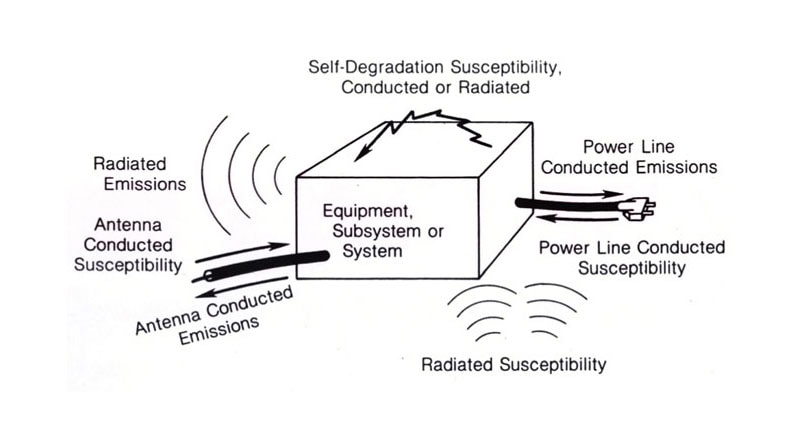America's Got Photonics Talent
Back in the dark ages of the 1970s, I had an interesting job interview as I was about to get my degree. The recruiter admitted he wanted to see me because he'd never run into an undergraduate who had taken a course in infrared (IR) technology.
The main use for IR engineering back then was in missile guidance systems. The associated optics were generally covered in graduate courses, and apparently, people with B.S. engineering degrees who had some familiarity with the subject were rare.
Today optics and light handling are hot topics in fields ranging from autonomous vehicles to virtual reality. But indications are it's still tough to find people with a photonics background. A sign of the times comes from the University of Arizona Wyant College of Optical Sciences. Reports are that at a recruitment event held there recently, job openings outnumbered the students in attendance. And it still looks as though photonics is mainly a graduate topic; two-thirds of the optics and optical science degrees Wyant awards are typically graduate degrees.
 (Image source: Adafruit)
(Image source: Adafruit)
Shortages of STEM workers have made headlines for some time, but the field of photonics has particular problems with that score because it lacks visibility. The go-to place to uncover lucrative fields of employment is the U.S. Bureau of Labor Statistics (BLS). The BLS website lists employment and wage estimates annually for nearly 800 occupations broken down by state, location, job title concentration, and so forth. But you would be hard-pressed to find statistics about optics engineers in BLS data. The field is still too small to have its own category. So it is lumped into an “Engineers, all other” classification.
Those interested in finding the most lucrative fields for engineers can get answers on the BLS site. There, you will find that petroleum engineers earn the most, with a median salary of $130,850. This is a few percent more than the engineering discipline in second place, computer hardware engineers ($128,170).
You might wonder why engineers in what seems to be a dying discipline do so well financially. One reason is that petroleum is a highly specialized area. BLS data says that in 2020, there were only about 28,500 engineers in that field. And this year only about 400 petroleum engineering degrees will be granted, down from a peak of 2,300 in 2017. Moreover, industry wages for experienced petroleum engineers seem to be high enough that schools have a hard time attracting petroleum engineering faculty.
Another reason for high salaries in the petroleum area: Engineers already employed there say the working conditions are tough. The first few years of a petroleum engineering career consist of 12-to-18-hour days, six or seven days a week. The whole experience is not exactly glamorous. So it takes premium pay to keep people from looking for better working conditions.
Of course, salary isn't the only consideration when picking a vocation in a STEM field. One place to find jobs quantified by other factors is at a site called Scholaroo.com. Though the site's main goal is to help students find scholarships, it also compares 103 different college degrees and how they rank in job availability and salary, job stability, and career cost. Scholaroo considers 12 key indicators ranging from starting median salary to the discipline's unemployment rate. Interestingly, petroleum engineering makes Scholaroo's top three college majors. But the top two spots went to actuarial science and computer engineering.
Actuarial science is an interesting choice in that few people outside the insurance industry know what it is. The field basically involves the quantification of risk using math, probability, and statistics. As with petroleum engineering, it is a relatively small field, employing only 27,700 people in 2020. And the pay isn't bad, with a median salary of $134,400. Another field requiring superior numerical skills, applied mathematics, made Scholaroo's top ten best majors.
One takeaway from the lucrative nature of these math-based fields is that the trend may signal the death of an old joke--Q: What is the difference between a large pizza and a Ph.D. in mathematics? A: You can feed a family of four with a large pizza.
That brings us back to the relatively obscure field of photonics engineering. There are initiatives in place to boost its status, especially among STEM-inclined teenagers. The DoD, for example, has asked the American Center for Optics Manufacturing to amp-up efforts to get kids into the optics field.
Right now, the median pay in optics engineering seems to be around $99,000. But you'll know the initiatives to highlight photonics engineering have succeeded when it's more profitable to spend the day in an optics lab than in 110ºF Texas heat covered in oil.

Have questions or comments? Continue the conversation on TechForum, DigiKey's online community and technical resource.
Visit TechForum










